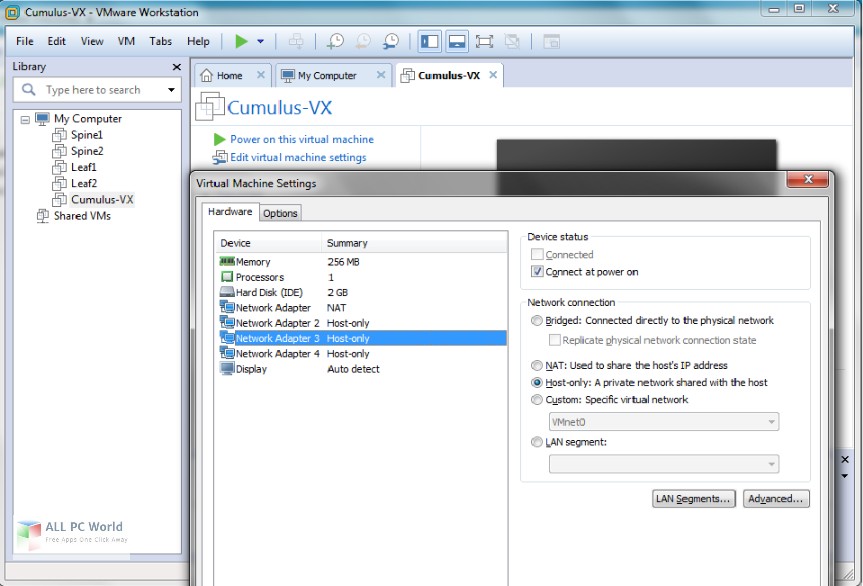
- #VMWARE WORKSTATION FOR MILITARY MAC OS X#
- #VMWARE WORKSTATION FOR MILITARY PRO#
- #VMWARE WORKSTATION FOR MILITARY SOFTWARE#
- #VMWARE WORKSTATION FOR MILITARY LICENSE#
Another example is Workstations ability to create “linked clones” that let you create the same VM over and over again without exhausting disk space. You can connect to the same devices and servers in your network from either the host machine or the VMs running on top of it.

Networking and printing, for example, require no additional setup. In addition to the basic feature set, Workstation has a few of interesting capabilities that you might not find mission-critical, but are nonetheless convenient.
#VMWARE WORKSTATION FOR MILITARY MAC OS X#
VMware Workstation running Mac OS X on a Windows 10 computer.

Here’s a summary of some of Workstation’s most beloved features: Workstation Player (the basic edition) is permanently free for non-commercial use, although paid licensing and support are available.
#VMWARE WORKSTATION FOR MILITARY LICENSE#
After that, you’ll need to buy a license and enter the product key.
#VMWARE WORKSTATION FOR MILITARY PRO#
Workstation Pro is free during the trial evaluation period. VMware’s Workstation offers a wide array of features for desktop virtualization, with slight variations between the “Player” and “Pro” editions - namely, that you can’t run multiple VMs at the same time, create encrypted VMs, or share VMs as servers. If you plan to deploy for commercial use on more than one device, you’ll need to buy a license from Oracle. The extension pack that adds USB functionality, Remote Desktop Protocol (RDP), and Preboot Execution Environment (PXE) is available under a proprietary license, free for personal or educational use. It’s important to note that not all manifestations of VirtualBox are free - only the core product. The latest version (5.1.6) was released September 12, 2016. VirtualBox is a free and open-source solution that works with all x86 platforms including Windows, Mac, Linux, and Solaris. VirtualBox is Oracle’s answer to host-based virtualization - a purchase they made from Sun Systems in 2010 to (hopefully) compete in the same market with VMware’s Workstation. And Gartner’s 2016 Magic Quadrant for x86 Server Virtualization listed VMware as the undisputed “leader.” Of course, there’s a difference between server and desktop virtualization, but it’s not a bad accolade to have. In fact, they were the first to virtualize the x86 architecture and make the technology available as a commercial product. It would be an understatement to call VMware the market leader. The latest release, VMware Workstation 12, came out in September of this year. You can use VMware to set up a private cloud, to manage mobile devices in your corporate network, to protect endpoints, and of course, to virtualize stuff.įor the purpose of this comparison, we’ll mostly be looking at VMware Workstation - their desktop virtualization tool for Windows and Linux - and VMware Fusion - their desktop virtualization tool for Mac. VMware isn’t a single product as much an ecosystem of connected tools and applications. It’s not quite an apples-to-oranges scenario, but it is like comparing apples from two different orchards.

These two solutions, although both reliable, bear some distinct differences that make a lateral comparison complicated. VirtualBox, you’re looking for a tool that will help you create and provision virtual machines (VMs) on desktop devices running an x86-based platform. It’s not surprising that roughly 80 percent of x86 server workloads are now virtualized, and the average server runs 16 simultaneous VMs.

#VMWARE WORKSTATION FOR MILITARY SOFTWARE#


 0 kommentar(er)
0 kommentar(er)
